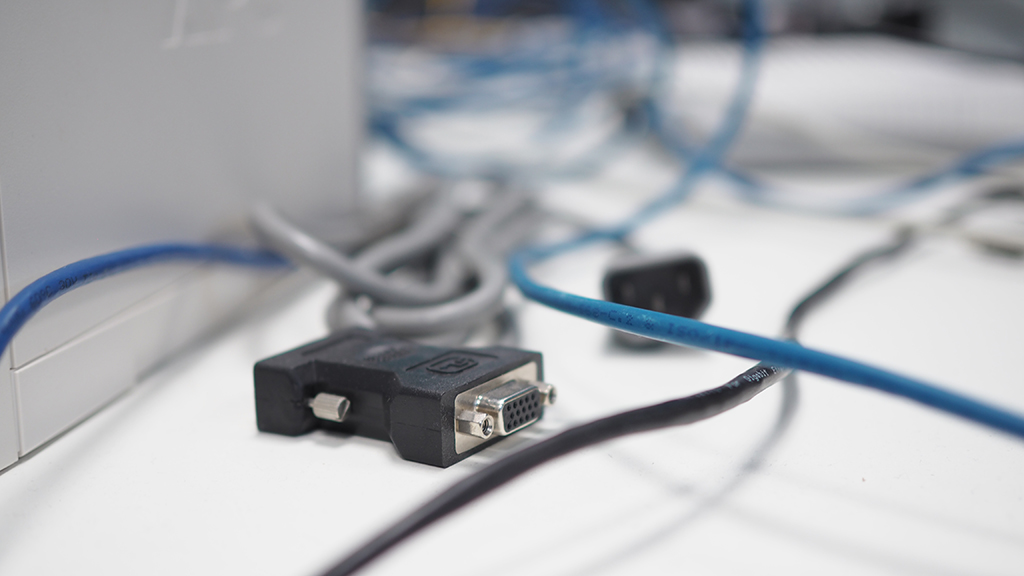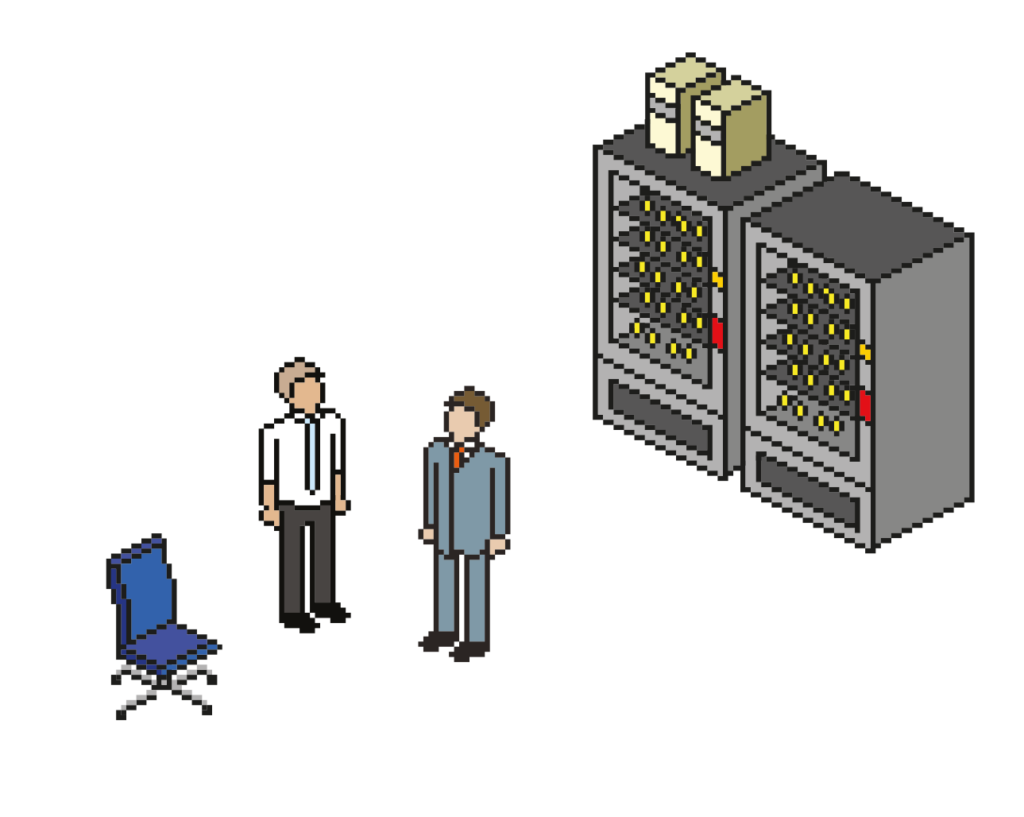When it comes to the effective running of an SME, the ‘oil in the cogs’ is definitely the people – they’re the ones who know the business inside out and make all the moving parts operate smoothly. But not far behind is the tech – whether it be internet connection, laptops or mobile phones – which acts as the ‘enabler’ to allow teams to complete their jobs efficiently.
So, when we talk about businesses having a robust infrastructure, we’re not just referring to the technical side of the coin, we’re looking at the human element too. Here’s why services and staff have to work in harmony to form a structure that’s truly built to last…
Let’s start with the team
One thing we’re super proud of here at Q2Q HQ is our family of employees – we’re a collaborative bunch and everyone plays an important role in keeping the ship sailing along nicely.
And this collaborative spirit is because our MD, Lorna, has made it such a focal point of not only our team development sessions but our culture as a company – fostering an environment where colleagues feel supported and empowered to help both one another and our clients.
This is the reality here at Q2Q, but in many firms company culture can sometimes be a fancy phrasing which simply translates as ‘what the boss wants everyone to do and think’ – without actually putting any measures in place to integrate this properly into the fabric of the team.
We like to think of it in a similar way to making a decent brew – something we’re very well versed in – if you don’t have the main component, the teabag, in the mug, it doesn’t matter that you add sugar, milk or hot water, the end result won’t be tea. And the same goes when trying to create an environment where your staff genuinely live and breathe your brand values.
It’s only when this is executed correctly that the office feels less like work and more like another home – your colleagues are your family and you all want to help each other out.
But what does this have to do with tech?
We thought you might be thinking that, but bear with us…
Believe it or not, it has everything to do with tech – especially server infrastructure!
It’s no secret that we like to get under the skin of our clients and understand their entire business, before we get involved in implementing the right, customised IT strategy. After all, it’s only when you have a clear view of the foundations that you can truly build a solution which makes a difference business-wide.
Unfortunately, all too often, many companies want to spend the equivalent to build a straw house instead of a brick one, and it’s only when a big, bad wolf has been huffing and puffing outside their door that they want a better, more solid structure. It goes without saying that this isn’t a sustainable solution and that SMEs need to invest in the ‘IT house’ that’s right for them – there really is no one size fits all, and there’s definitely no room for cutting corners.
When it comes to IT server infrastructure, this applies much of the same logic – you need to establish a solid foundation, in order to achieve greater cost-effectiveness, less downtime and more longevity way into the future. In fact, to ensure your server meets the needs and demands of your operations, any third-party IT provider worth their salt won’t just look at the tech – devices, back-ups, remote accessibility and workstations – they’ll assess this alongside your business’s individual aims and objectives. It’s only by considering both elements together that they’ll be able to assist you in choosing the appropriate materials to keep the proverbial wolf at bay and investing in the right solution to help get you up and running quickly if disaster did strike.
And while the beauty of having a robust system might not be able to prevent natural disasters – such as power cuts and earthquakes – if your tech infrastructure is temporarily ‘blown down’, at least with some contingency planning, you’ll have a smaller, equally resilient ‘house’ in place via back-ups or server replicas at a remote location, to access until your larger ‘house’, or server, is back in action.
In essence, if a structure – be it your team or your tech – is built in the right way, using the right tools and upfront time investment, this will allow your SME to have peace of mind that its infrastructure will successfully weather any storm.
If you’d like to chat to the Q2Q team about how we can help with your IT (or team) infrastructure queries, the (virtual) kettle is always on, so get in touch!
Also, if you’re unsure on the current state of your business’s IT robustness, it might be worth chatting to one of our techies about an IT audit.




